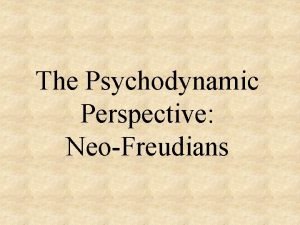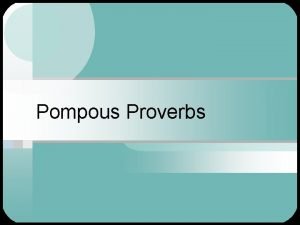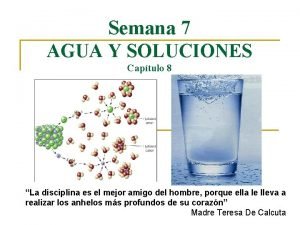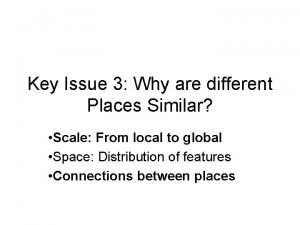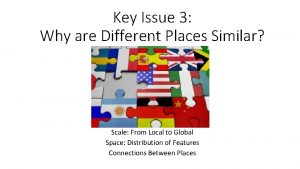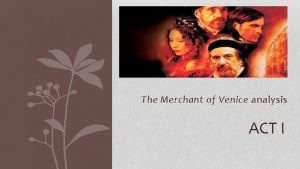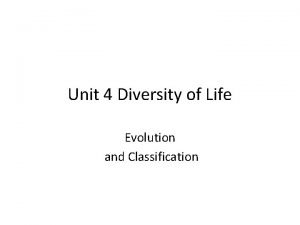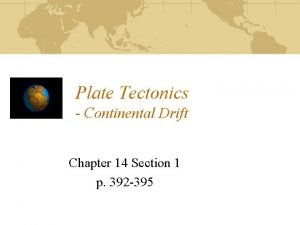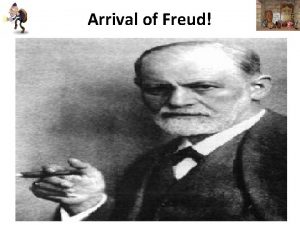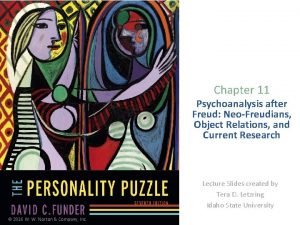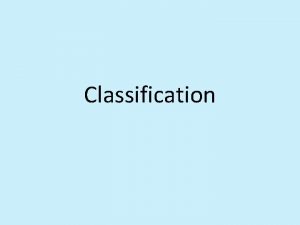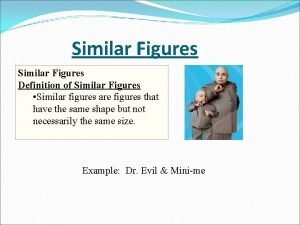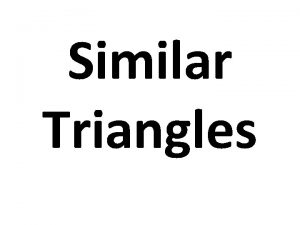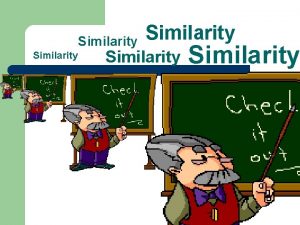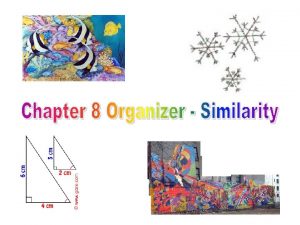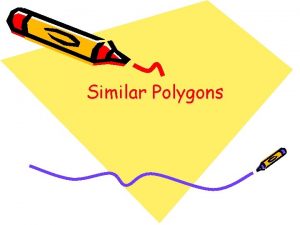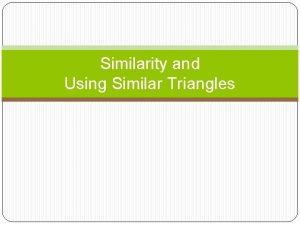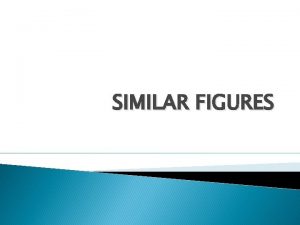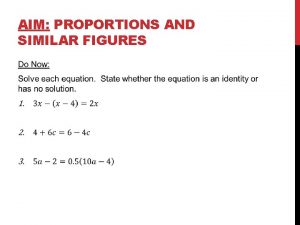Aim How are NeoFreudians similar different from Freud




















- Slides: 20

Aim: How are Neo-Freudian’s similar & different from Freud? How do Horney and Adler explain Personality Development? Do Now: 1. Quick Check of HW 2. Analyze Jaylene Smith page 7 in packet. Homework: • Read text pps. 499 – 515 (TEXT) AND p. 19 – 20 in packet • STUDENTS MUST ATTEND ONE (1) AP PRE-ADMINISTRATION WORKSHOP FROM 3: 00 PM - 3: 30 PM IN THE HIGH SCHOOL AUDITORIUM ON ONE (1) OF THE FOLLOWING DATES: TUESDAY APRIL 19 TH , WEDNESDAY APRIL 20 TH, OR THURSDAY

Apply Theories to Jaylene Smith 1. How would Freud explain her personality? 2. Term/ Example. • Id, ego, superego • OAPLG • Defense mechanisms

Sample FRQ • Andy, high school sophomore, lacks self discipline, fails to plan ahead, and is excessively anxious. He is quickly frustrated by challenging tasks and frequently becomes critical of others. • How would Freud explain Andy’s behavior? 2 terms…. ?

What is a Neo-Freudian? • How are they similar to Freud? • How are they different?

Psychodynamic Theories all have common belief of…. • Unconscious drive behavior • We often face inner conflicts • Early childhood experiences strongly affect personality development Interesting, very interesting. But I still think it’s the libido not just your father!

Neo-Freudian • Broke away from Freud • libido/sexual instincts is not only driving force of behavior • Early childhood experiences are key to personality dev • Jung, Horney, Adler Jung Horney Adler

Adler Key Ideas Disagree with Freud What ideas of Freud did they incorporate? Neo Horney Freudian Jung

Alfred Adler • Everyone is born with a sense of inferiority because of our weakness at birth. • Drive for superiority is force behind all thoughts and behaviors Superiority Complex: exaggerated abnormal striving for superiority that involves compensation for personal weakness Inferiority Complex: persistent feeling of inadequacy in social interactions

Theory of Birth Order • Order in family affects power positions and personality • Children strive for superiority. Struggle to find affection from parents, “sibling rivalry” • Must learn to earn “center stage” & receive affection from parents

Carl Jung: Jungian Theory • Collective Unconscious: universal memories and experiences of humankind. • Archetypes: universal symbolic images/concepts we share cross culturally ( in myths, art, stories and dreams) – Maleness: Animus – Femaleness: Anima

Carl Jung 3 Levels of Consciousness: • Ego: conscious level; carries out daily activities; like Freud’s Conscious • Personal Unconscious: individual’s thoughts, memories, wishes, impulses; like Freud’s Preconscious + Unconscious • Collective Unconscious: storehouse of memories inherited from the common ancestors of the whole human race; no counterpart in Freud’s theory

The Collective Unconscious It contains archetypes, emotionally charged images and thought forms that have universal meaning. Archetypes cause us to respond in certain ways to common human experiences. Key archetype: Mandala (“magic circle”), an image symbolizing the unity of life.

Additional Archetypes • Persona: your public personality, aspects of yourself that you reveal to others. • Shadow: prehistoric fear of wild animals, represents animal side of human nature. • Anima: feminine archetype in men. • Animus: masculine archetype in women. • Others: God, Hero, Nurturing Mother, Wise Old Man, Wicked Witch, Devil, Powerful Father.

Karen Horney • Theory of Neurosis • Neuroses are a way for us to cope 3 COPING STYLES – Move Towards/ Compliance – Move Against/ Aggression – Move Away/ Detachment

Move Towards Compliance – Need for affection/approval – Need for partner – Need to be undemanding

Move Against Agression – Need for power – Need to exploit others – Need for social recognition – Need for personal admiration – Need for personal achievement

Move Away From Detachment – Need for independence – Need for perfection

Apply Theories to Jaylene Smith TASK: How would the following explain her personality? -Adler -Horney -Jung *Note Be sure you apply a specific term/ Example.

Basic Personality Orientations • Introversion: focused inward; the person is cautious, shy, timid, reflective. • Extroversion: focused outward; the person is outgoing, sociable, assertive, energetic.

HORNEY Adler Task: Go over HW and fill in chart… 1. What are the main influences on personality? 2. Define vocabulary. 3. Apply the psychologists ideas to Jaylene. 4. Think of a character (TV or movie) to apply the ideas to.
 Neofreudianism
Neofreudianism Mikael ferm
Mikael ferm Similar disuelve a similar
Similar disuelve a similar Similar
Similar Precipitancy creates prodigality
Precipitancy creates prodigality Similar disuelve a similar
Similar disuelve a similar How and why are places similar
How and why are places similar How and why are places similar
How and why are places similar Allusions in merchant of venice act 1 scene 1
Allusions in merchant of venice act 1 scene 1 Glacial scars continental drift
Glacial scars continental drift Similar species with different characteristics
Similar species with different characteristics Similar fossils found on different continents
Similar fossils found on different continents Library.thinkquest.org 19537
Library.thinkquest.org 19537 Sound will travel at different speeds in different mediums.
Sound will travel at different speeds in different mediums. Manufactured boards examples
Manufactured boards examples Different culture have different moral codes
Different culture have different moral codes Different people different things
Different people different things Why do different polymers have different properties
Why do different polymers have different properties Different angle different story
Different angle different story Venn diagram different same different
Venn diagram different same different Flame test principle
Flame test principle
